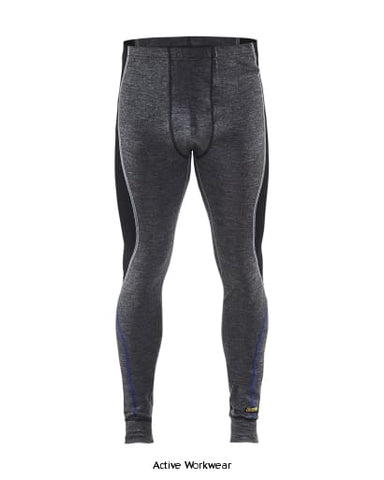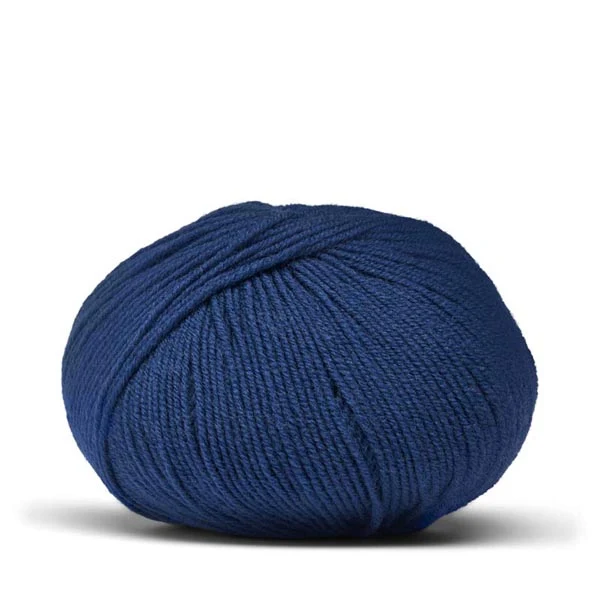Cool Merino Wool Base Layers Website
Wiki Article
Why Are The Yak Merino Wool Base Layers Effective For Winter Sports Clothing In Terms Of Natural Fiber Benefits?
Yak merino base layer are ideal for winter sports clothing due to their high performance as well as the fact that they are a natural fiber source in addition to sustainable environmental impact. Renewable and biodegradable.
Both merino and yak wool are made of natural fibers from animals. These renewable resources can be harvested sustainably without harming animals. The fibers are biodegradable and do not cause harm to the environment.
Environmental impact is minimal
Natural fibers are generally less harmful to the earth as compared to synthetic materials. Wool production is much more eco-friendly than synthetic fibers because it requires less chemical processes.
Energy Efficiency
Processing wool fibers consumes less energy than the production of synthetic fibers like polyester or nylon. Natural wool manufacturing is energy efficient, which results in a lower carbon footprint.
Reducing Microplastic Pollution
Natural wool fibers aren't able to pollute water bodies with microplastics like synthetic fibers.
Durability and Recycling
Yak-merino clothes are durable and lasts for a very long time. Wool fibers can be recycled or repurposed to lessen pollution and waste. environmental impact.
Sustainable Practices-
Certain wool producers follow ethical and sustainable practices. This involves ensuring the welfare of animals and responsible land management. Also, they ensure the fairness of labor and conditions of work for the employees involved in the production process.
Environmental Certification-
Certifications like the Responsible Wool Standard and the Global Organic Textile Standard verify ethically and environmentally responsible methods used in the production of wool. This provides consumers with confidence regarding sustainability.
In general, the base layers made from yak wool are low-impact on the environment. They are produced using renewable resources, and are based on the highest standards of sustainability and ethical conduct throughout their supply chain. Natural fibers, such as yak wool merino, are a fantastic choice for winter sportswear that promotes responsible consumption and eco-friendly practices. Take a look at the recommended merino wool base layer hints for more recommendations including smartwool long sleeve shirt, merino wool base layer pant, smartwool thermal underwear, smartwool 250 base layer, merino wool undershirt, best thermal underwear for skiing, icebreaker merino wool base layer, best layers for skiing, wool underlayer, best thermal underwear for skiing and more.

What Are The Advantages Of Wearing Bamboo Clothing In Terms Of The Environment, Sustainability, And Comfort For Winter Outdoor Clothing?
The comfort, durability, and protection are all benefits of bamboo clothing. Bamboo is a great choice for outdoor winter wear.
Bamboo fabric is famous for its softness and silky texture. It is a soft on the skin. It is often compared in terms of the luxuriousness of cashmere and silk.
Bamboo fibers are renowned for their ability to wick moisture away, which enables the bamboo fibers to draw moisture away from the skin, and keep the wearer comfortable and dry.
Thermal Regulation- Bamboo clothing has natural temperature-regulating properties, providing warmth in winter while remaining breathable to prevent overheating.
Sustainability-
Bamboo is renewable source of energy. It grows quickly and without chemical or pesticide fertilizers. Bamboo is able to regenerate quickly, making it an environmentally sustainable option for clothes materials.
Low Environmental Impact Bamboo farming requires less water, is more efficient and does not deplete soil's nutrients. Bamboo also absorbs more CO2 and releases more oxygen to the atmosphere compared to other plants.
Protection for Outdoor Wear-
UV Protection Bamboo fabric, with its UV-resistant qualities, can provide a natural defense from harmful UV-rays.
Antibacterial Properties- Bamboo contains an antimicrobial natural ingredient known as "bamboo kun," that helps to prevent the growth of odor-causing bacteria making clothing more fresh over longer time, especially during outdoor activities.
Other Benefits
Bamboo fibres are strong and durable. They are suitable to make outdoor clothing subjected to rough use.
Biodegradability. Bamboo clothing is biodegradable property, meaning that it will naturally break down after the end of its life cycle.
If used for outdoor winter clothes, bamboo fabric can provide an array of comfort, thermal regulation, moisture management, and sustainability, which makes it a desirable choice for those who are looking for sustainable and performance-oriented clothing options. View the recommended bamboo clothing for website recommendations including kate quinn bamboo, bamboo dress socks, bamboo pants, bamboo pants, angel dear bamboo pajamas, cotton bamboo pajamas, freefly hoodie, bamboo sweatpants, t shirts bamboo, bamboo cay shirts christmas and more.

What Is The Way That Bamboo And Merino Clothing Compare To Wool That Is Regular?
Merino layers as well as regular wool and bamboo clothing have distinct characteristics.
Merino Wool is soft and comfortable to the skin. It's much less likely to cause irritation and itching than wool that is traditionally sourced from sheep.
Merino has excellent moisture-wicking qualities. It draws moisture from your skin, allowing it to evaporate leaving you dry and comfortably.
Insulation Merino wool offers exceptional warmth, even when wet. It regulates your body temperature, providing warmth in cold temperatures as well as breathability during exercise.
Odor Resistant - It blocks the growth of bacteria that cause the odor. It keeps your clothes fresh after extended wear.
Bamboo Clothing
Softness- Bamboo clothing is renowned for its soft and silky texture, frequently compared to cashmere or silk. Bamboo clothing is soft on the skin and provides an indulgence.
Bamboo fabric wicks away moisture and draws moisture away from the skin to keep the wearer dry.
Temperature Regulation- Bamboo clothing has natural temperature-regulating abilities, offering warmth in winter and breathability to prevent overheating.
Sustainability - Bamboo is an extremely renewable resource that grows rapidly, without the use of pesticides. It's biodegradable with a low environmental impact.
Wool Regular
Texture. The traditional wool texture may vary. Certain kinds of itchy or uncomfortable textures are more coarse.
Warmth- Regular wool is an excellent insulation and warmth but it can also feel bulky or heavy.
Moisture Absorption - Wool can absorb moisture, which makes it less effective at wicking moisture when compared with merino wool or bamboo fabric. It still retains warmth in damp conditions.
The advantages of merino include the softness, moisture-wicking capacity as well as resistance to odor and insulation. Bamboo clothing is supple, has moisture-wicking capabilities, regulates temperature and is green. Wool comes in many textures and does not always have the same softness and moisture-wicking abilities as bamboo and Merino, however it still provides warmth and insulation. Each material offers unique benefits which cater to various needs and preferences for winter clothing. Check out the top rated merino wool base layers url for blog info including snow base layers, best base layer for skiing women's, smartwool 250 women's, smartwool 1 4 zip mens, best layers for skiing, 400g merino wool base layer, merino wool leggings women's, smartwool long sleeve shirt, best layers for skiing, merino wool leggings mens and more.
